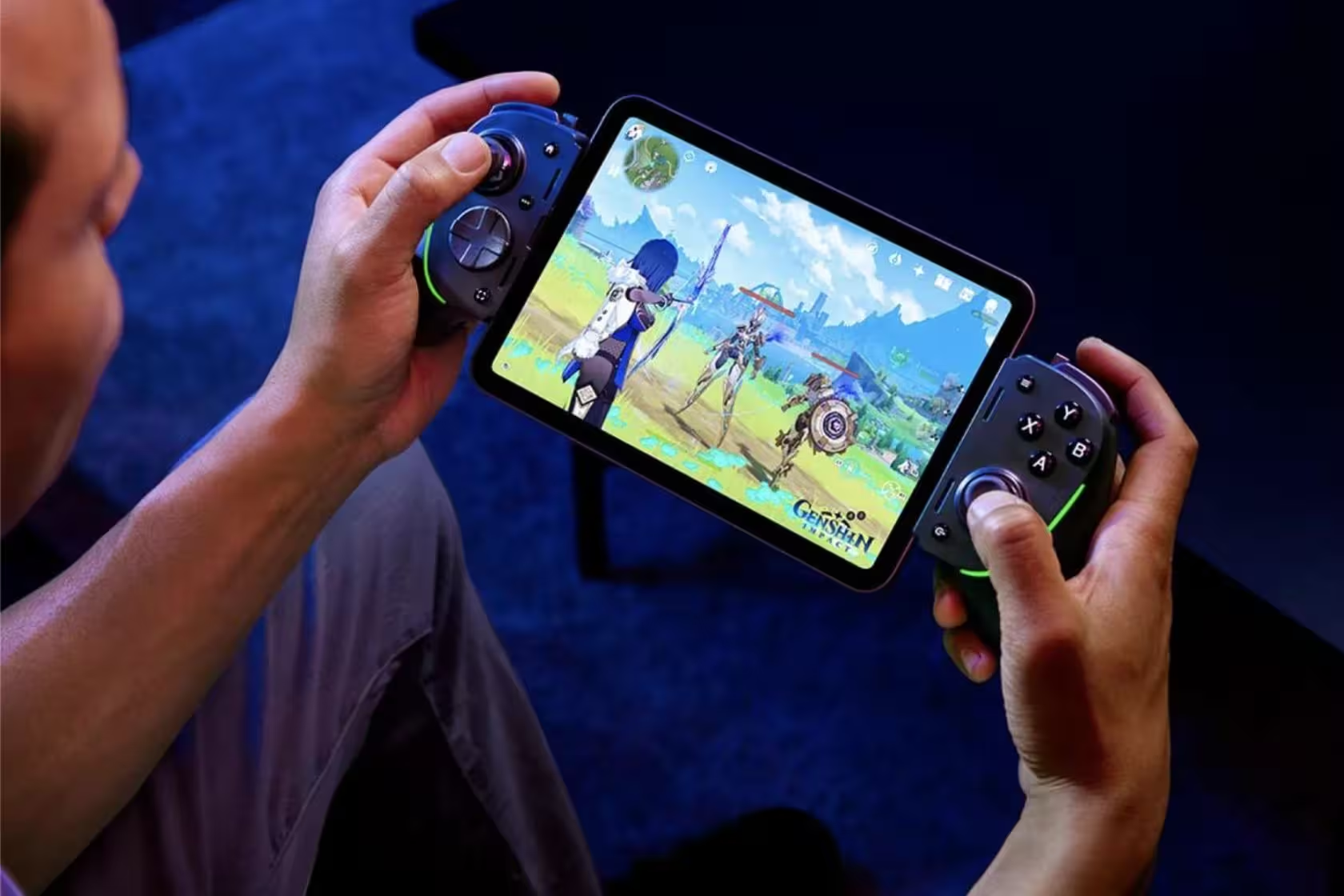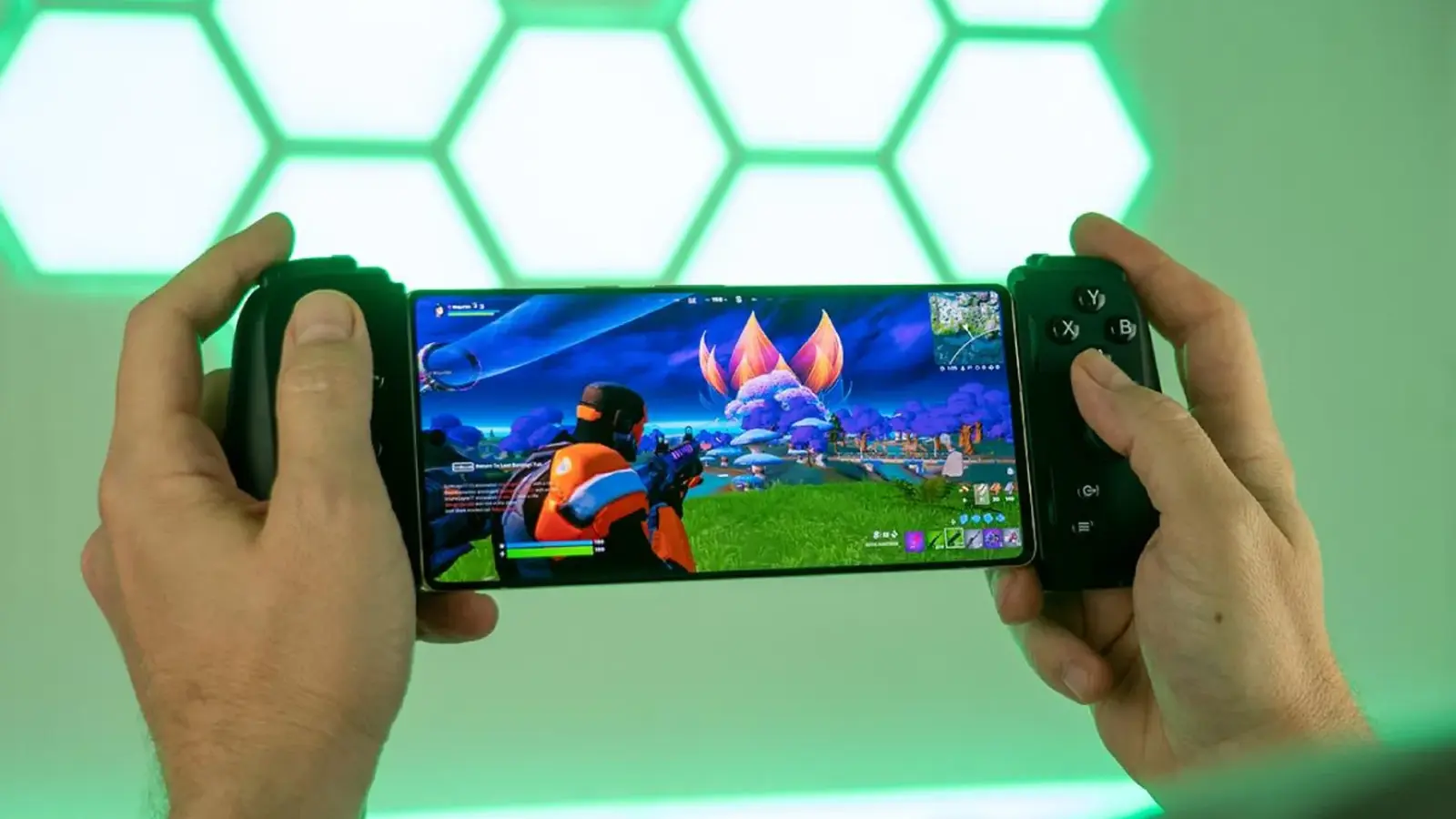4 Minutes
Android 17 is shaping up to be a big update for mobile gamers. Hidden in early Canary builds are signs that Google is working on system-level controller remapping and a software 'Virtual Gamepad' that could let users customize buttons, convert touch inputs to controller events, and manage connected gamepads from Settings.
What’s changing for controllers on Android
Traditionally Android recognizes gamepads by vendor and product IDs and applies prebuilt configuration files so inputs map correctly inside games. That approach works for popular controllers, but it leaves out a lot of niche hardware and users who want custom layouts.
According to code spotted in Android Canary, Google is developing a new permission called android.permission.CONTROLLER_REMAPPING along with a dedicated controller menu in Settings. The permission sits behind a platform-signed flag, which suggests remapping will be handled at the system level rather than by arbitrary third-party apps.
Why gamers will care
- Accessibility: Remapping makes games playable for users with different abilities or reach limitations.
- Ergonomics: Heavy players can move frequently used actions to easier-to-reach buttons.
- Competitive play: Pro gamers often prefer custom layouts for faster reactions and muscle memory.
- Platform consistency: Players migrating from other consoles can recreate familiar button schemes.
Until now, players had to rely on in-game mapping options, which many titles lack, or on third-party tools. A system-level solution would provide a central place to change layouts for any connected controller, even when an app itself doesn't expose remapping.

Meet the Virtual Gamepad — a software controller with real impact
Digging deeper into the code reveals a Virtual Gamepad feature. Think of it like Android's virtual camera drivers: a software intermediary that presents itself to apps as if it were physical hardware. The Virtual Gamepad can report standard inputs such as A, B, X, Y, Start, Select, triggers and bumpers, analog sticks, L3/R3 buttons, and D-pad directions.
Because it's software, the Virtual Gamepad can capture incoming inputs, alter them, and forward modified events to games. That lets Android apply complex remapping rules without requiring native support from each game. Even better: touch gestures on the screen could be translated into controller button presses, enabling controller-style play for titles that don't natively support gamepads.
How this fits into cloud gaming and new form factors
As Android runs on more devices and cloud gaming grows, users increasingly play non-touch, ported, or console-style titles on phones, tablets, and streaming services. A system-level controller manager and virtual gamepad simplify using physical controllers across those scenarios, and they make it easier for cloud games to behave as if a native gamepad is present.
What to expect and what remains unclear
The Canary Settings menu currently shows placeholders, but it likely will list connected controllers and provide remap options. Because the remapping permission is platform-restricted, global remap changes will probably come from the OS or OEMs rather than third-party apps — which could be good for security and consistency, but may limit flexibility for independent developers.
In short, Android 17's controller work could finally give gamers the fine-grained control they've been asking for: a central hub to manage controllers, native-feeling software controllers, and the ability to turn touch inputs into mapped gamepad actions. That combination would improve accessibility, competitive play, and compatibility across devices and cloud services.


Leave a Comment